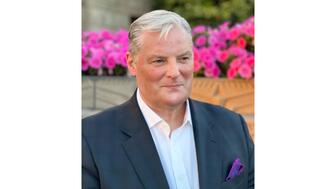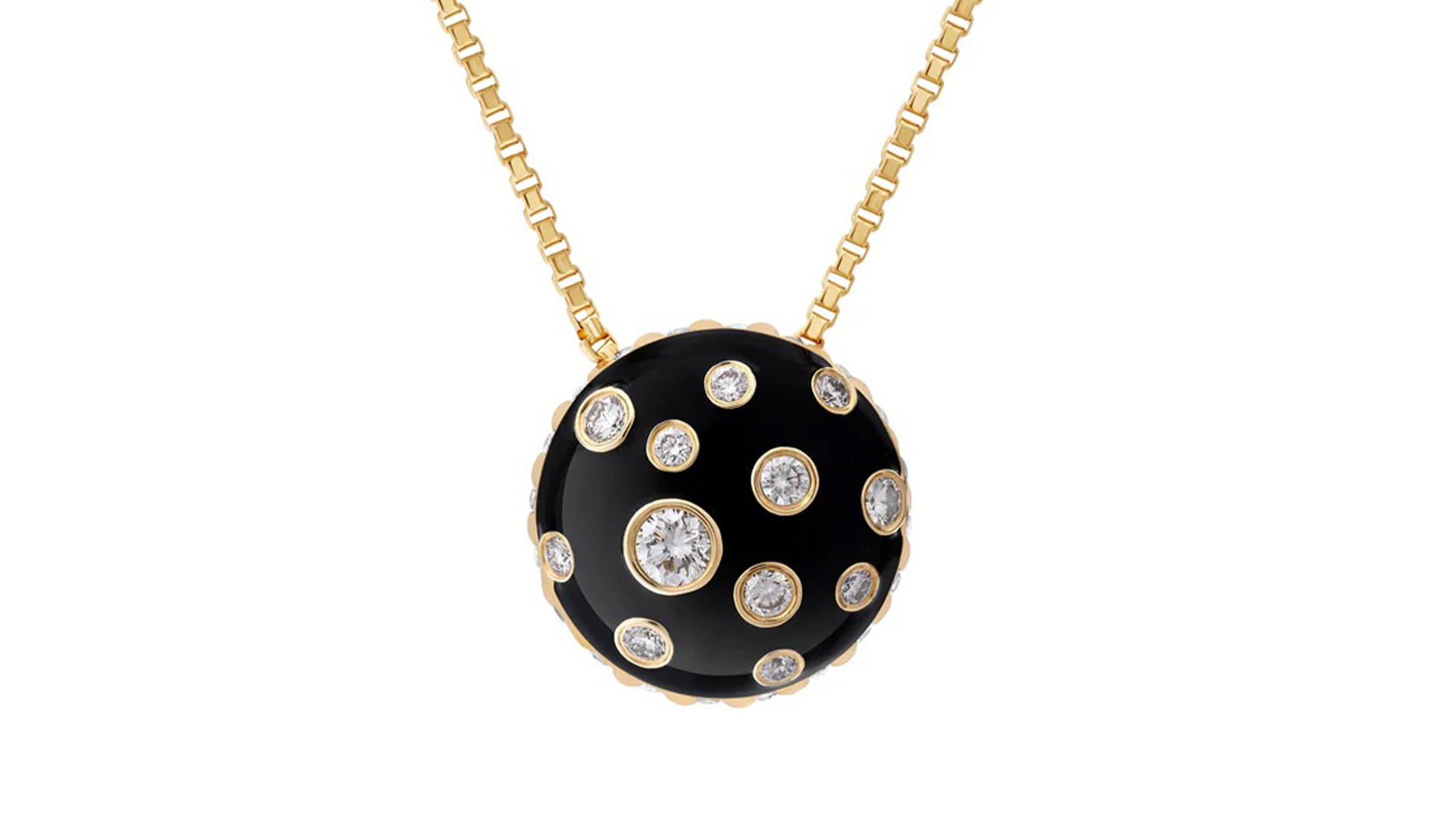She is remembered as an artist who loved her craft and was devoted to her faith, her friends, and her family.
The History Behind … Mid-century Modern jewelry
National Jeweler’s latest installment of The History Behind delves into the where, why and how of jewelry crafted in the 1940s and 1950s.

New York--Mid-century Modernism is marked by clean lines and bold, abstract geometric shapes; think the furniture in Sterling Cooper’s first office on Mad Men.
Right now, the simple shapes of Mid-century Modernism, a movement that peaked in the 1950s, are enjoying a renaissance in home décor and furniture, yet the jewelry of this period hasn’t come back into style with the same force.
That doesn’t mean the designs are lost forever. Jewelry created by artists such as sculptor Alexander Calder still sell for hundreds of thousands at auction, and brands like Georg Jensen continue making pieces with the same clean aesthetic.
Patricia Faber, who has co-owned the Aaron Faber Gallery in New York with her husband since 1974, discussed these designers and more with National Jeweler for the latest installment of The History Behind.
To what time period does Mid-Century Modernism correspond? Although well-known jewelry artisan Margaret De Patta was making jewelry in a Modernist style in the late 1930s, Faber said it really became a movement in the 1940s after the end of World War II.
Prior to this, there was the era of Art Deco design and, following that, the period that came to be known as Retro Modern. Faber said the Retro Modern era was all about over-the-top, heavy designs, many of which were crafted in rose gold because of war-time restrictions on silver and platinum use. Designers turned to copper because its supply was not limited, alloying it with gold and ultimately creating a lot of rose-colored jewelry.
Faber referred to these Retro Modern pieces as “Joan Crawford jewelry” in reference to the movie star known for wearing big, bold jewelry--mostly her own--in films of this era.
What does the transition from the style of Retro Modern to Mid-century Modernism tell us about what was going in society at this time? Like all movements in fashion, including jewelry, “It’s a rejection of the last thing,” Faber observed.
Designers in the United States, as well as those from Scandinavian countries and the silversmiths of Mexico, went for sleeker designs in an effort to distance themselves from the heavy statement pieces popular in the early 1940s.
In the U.S., the fresh designs of Mid-century Modernism also represented a “new freedom,” Faber said.
Prior to World War II, there was the Great Depression, which forced families to stay together, perhaps sometimes longer than they would
When World War II ended, it set people free from these concerns and also marked the beginning of a period of perhaps-unparalleled prosperity in the U.S. “They had money and they had a real freedom to make their own life, (to) not be so beholden to not having money,” Faber says.
There was a new economy, relationships and mobility in America during this time, and a new look in jewelry to go along with it.
Who bought Mid-century Modern jewelry? Like Art Nouveau jewelry, the pieces crafted in this era appealed to a very specific consumer; they were not for everyone.
The designs were strong, as the pieces were created from the point of the view of the designer. “It is not jewelry to fulfill a function. It’s not bridal jewelry or necklaces for Mother’s Day,” Faber said. “It is coming from a design perspective.”
Geometric designs were a key theme in Mid-century Modernism. Most of the jewelry was crafted in silver, partly due to Scandinavian influence (Scandinavian jewelers traditionally have worked in silver) but also the Bauhaus movement, which called on art in all forms to be affordable.
Is there one decade that was considered the peak for Mid-century Modernism? The 1950s are considered the peak for this kind of design in jewelry. Faber said that while Mid-century styles have come back en vogue for furniture and lighting through the years, the jewelry designs of this era have not enjoyed the same resurgence.
How can jewelers add Mid-century Modern jewelry to their inventory? This jewelry can be sourced through basically any of the marketplaces that deal in estate pieces, including antique and estate jewelry shows and auctions.
“I so strongly recommend jewelers who are selling contemporary jewelry combine something old and something new,” Faber said, adding that antique and estate pieces are “incredible conversation starters.”
It’s something Faber and her husband do in their New York gallery, which focuses on the work of studio jewelers. They find that the two categories, old and new, support each other.
“It puts that story visually on display for people walking in: where is (the design inspiration for) today’s jewelry from, why is it interesting.”
The Latest
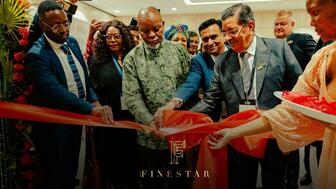
It joins the company’s other manufacturing facilities globally, including in India, Botswana, and Namibia.

Vanessa Hickman, 49, allegedly sold a diamond bracelet that was mistakenly sent to her home.

How Jewelers of America’s 20 Under 40 are leading to ensure a brighter future for the jewelry industry.
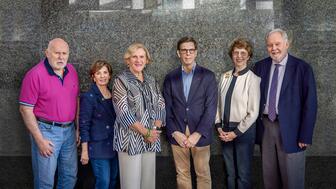
GIA’s former president and CEO was presented with the Richard T. Liddicoat Award for Distinguished Achievement.


Social media experts spoke about protecting brand reputation through behaving mindfully online.

In 2026, the three will come together as “House of Brands,” with Gallet sold in Breitling stores and Universal Genève sold separately.

Roseco’s 704-page catalog showcases new lab-grown diamonds, findings, tools & more—available in print or interactive digital editions.
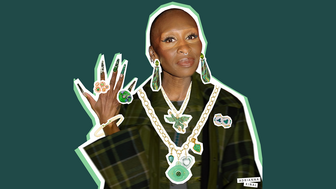
The second drop, which includes more Elphaba-inspired pieces from additional designers, will continue to benefit nonprofit Dreams of Hope.
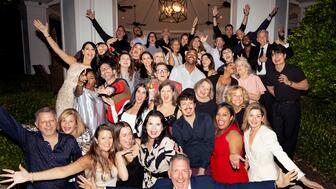
Second-generation jeweler Sean Dunn has taken on the role.

Amber Pepper’s main focus will be on digital innovation and engaging younger consumers.

Called “Origin by De Beers Group,” the loose, polished diamonds are being sold in a total of 30 stores in the United States and Canada.
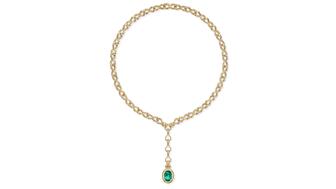
The lariat necklace features a 4.88-carat oval-cut Zambian emerald in 18-karat yellow gold.
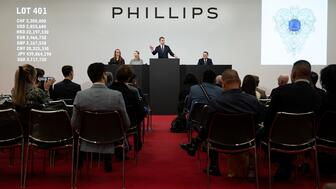
A 43-carat sapphire brooch from the Vanderbilt collection was the top lot of the Geneva sale.
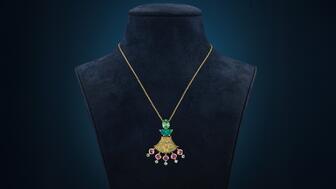
Rau is a fourth-generation art and antique dealer from M.S. Rau gallery whose first jewelry collection merges artifacts with modern design.

Former De Beers sustainability leader Purvi Shah will take over the role in February 2026.
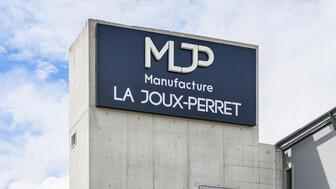
La Joux-Perret is based in La Chaux-de-Fonds, Switzerland, and makes solar quartz as well as mechanical watch movements.

She previously taught at Gem-A and is the founder of The Gem Academy.
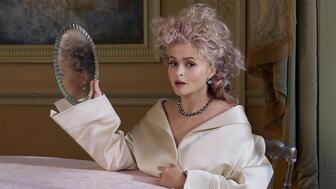
The British actress and her daughter modeled pieces from the brand’s new “Palette” capsule for its “Once Upon a Time” holiday campaign.

Plus, the tech giant shares the steps retailers should take if they believe they’re a victim of a review extortion scam.
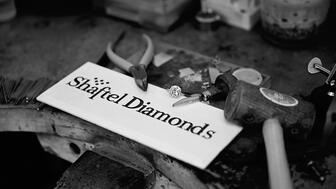
Danny and Gaby Shaftel are now Shaftel Diamonds’ CEO and chief operating officer, respectively.
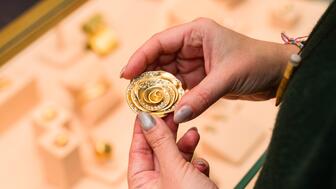
With more than 140 activations taking place in New York City now through Nov. 23, these 12 events are can’t-miss moments.

The Chapter 11 filing follows the resignation of CEO Moti Ferder, who stepped down after an investigation into the company’s finances.
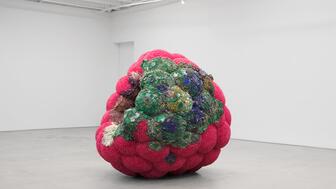
The artwork is part of an exhibition featuring works by Kathleen Ryan, an artist known for her gemstone-studded rotting fruit sculptures.
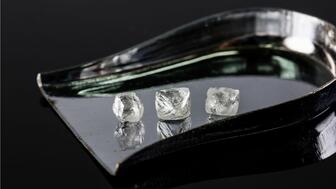
Mark Wall, president and CEO of Canadian mining company Mountain Province Diamonds, will vacate his position next month.

Faustino Alamo Dominguez and his son, 25-year-old Luis Angel Alamo, were gunned down following an armed robbery at their jewelry store.

Tiffany & Co. veteran Jeffrey Bennett has stepped into the role.




